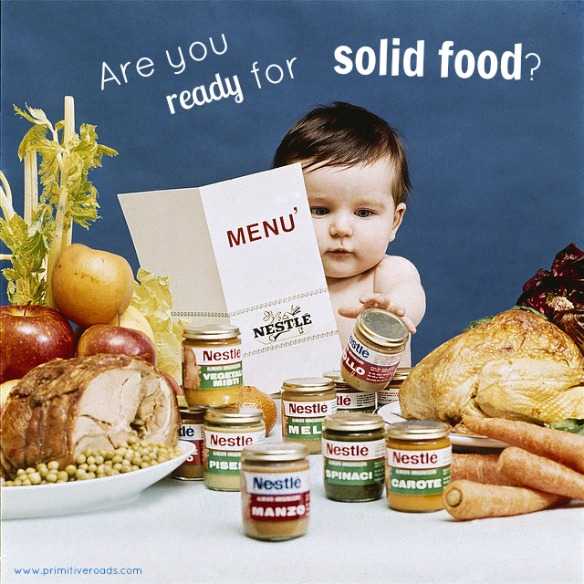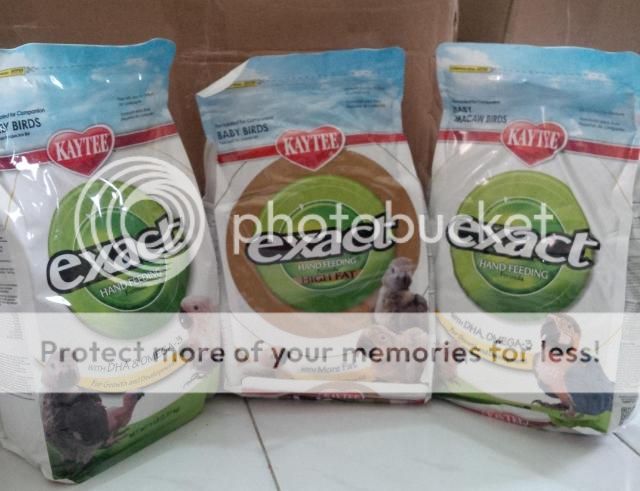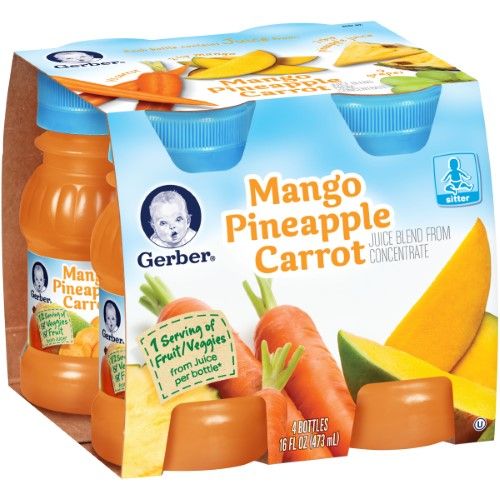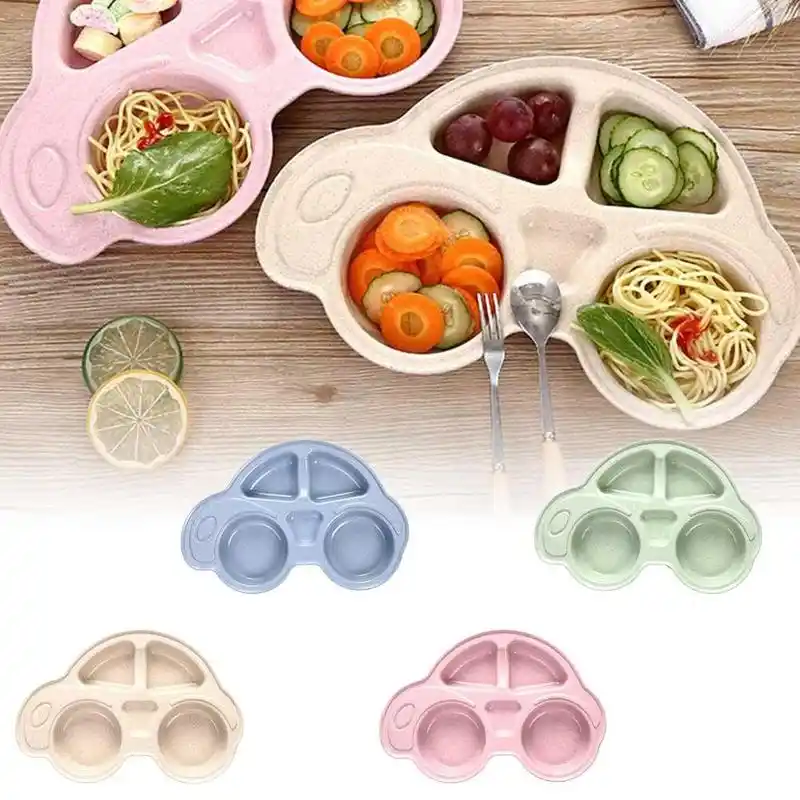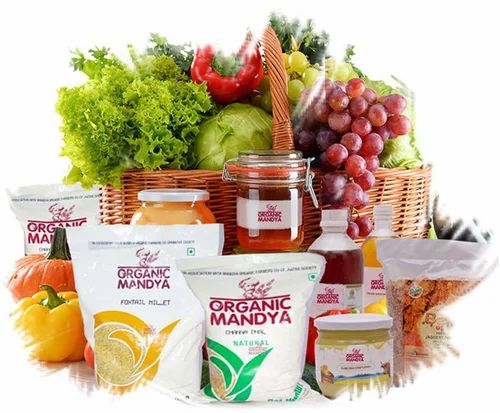Food to give babies
When babies can eat cheese, and how to serve cheese to babies
Most babies can have softer cheeses as soon as they're used to chewing or gumming other solid foods, usually around 6 to 9 months.
Cheese is a healthy food for babies – it's a good source of protein and calcium. It also has phosphorus and vitamins B12 and A.
But keep in mind that cheese is a common choking hazard for babies, so don't give them large chunks of hard cheese to eat.
The best cheese for babies
The best types of cheese for early eaters are fresh mozzarella, ricotta, mild goat cheese, and other soft cheeses. Harder cheeses like cheddar can be introduced once your baby is a more experienced chewer.
Some processed cheeses (like American cheese) are high in sodium and offer less nutrition, so try to stick with less-processed cheese that's lower in sodium. Also, avoid low-fat cheeses and opt for cheeses that are made from whole milk, since babies need healthy fats to support their development.
Make sure any cheese you give your child is pasteurized. (It will say so on the product label.) Cheese made with unpasteurized (or raw) milk isn't safe for babies because it could be contaminated with listeria monocytogenes, a form of bacteria that can cause fatal foodborne illness, especially in infants.
The vast majority of the cheese you'll find in grocery stores in the United States is pasteurized. If you buy imported cheese or locally made cheese from a farmer's market, ask if it's pasteurized before giving it to your baby.
Can babies be allergic to cheese?
If your baby has chronic eczema or a food allergy, talk to their doctor before giving them cheese. Cheese isn't one of the top allergenic foods, but it can still cause allergies because it contains milk protein.
Experts say most babies can start eating cheese after a few traditional solid foods (such as baby cereal, pureed meat, vegetables, and fruits) have been introduced without an allergic reaction.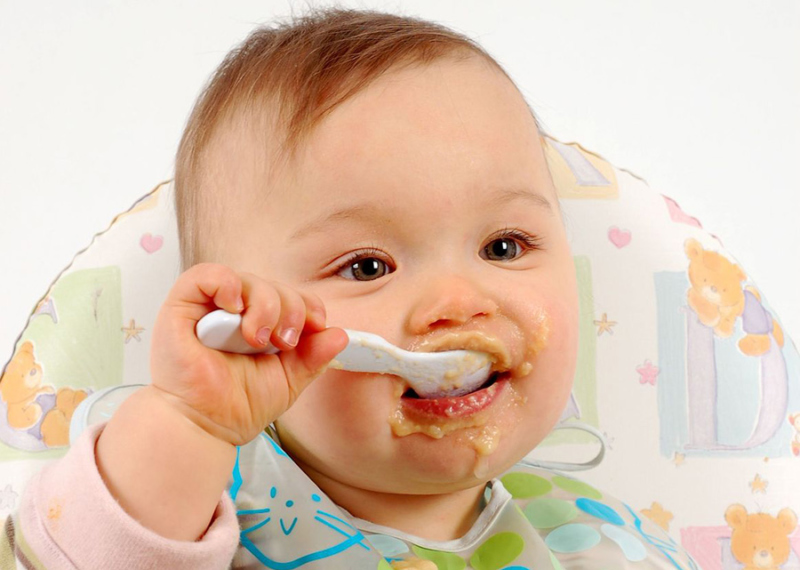 Even children with mild eczema or a family history of food allergies or asthma can eat cheese as long as they tolerate more common foods first.
Even children with mild eczema or a family history of food allergies or asthma can eat cheese as long as they tolerate more common foods first.
When introducing a new food, give it to your baby at home, rather than at daycare or a restaurant. Serve it for three to five days before offering something else; that way you can monitor for a reaction and know what's likely causing it.
Signs of a food allergy include hives, itchy skin rashes, swelling, nausea, vomiting, diarrhea, and pale skin. If you notice any of these symptoms in your baby, let their doctor know. If your baby has symptoms that involve multiple parts of the body (such as hives with vomiting or diarrhea), it could be an anaphylactic reaction.
Other signs of an anaphylactic reaction are throat tightness, breathing problems, wheezing, lightheadedness, and loss of consciousness. If your baby shows signs of an anaphylactic reaction after eating cheese, call 911 or go to an emergency room immediately.
Lactose intolerance is different from a dairy allergy (it's a digestive response, rather than an immune response), but there isn't very much lactose in cheese, so babies don't usually have trouble digesting it.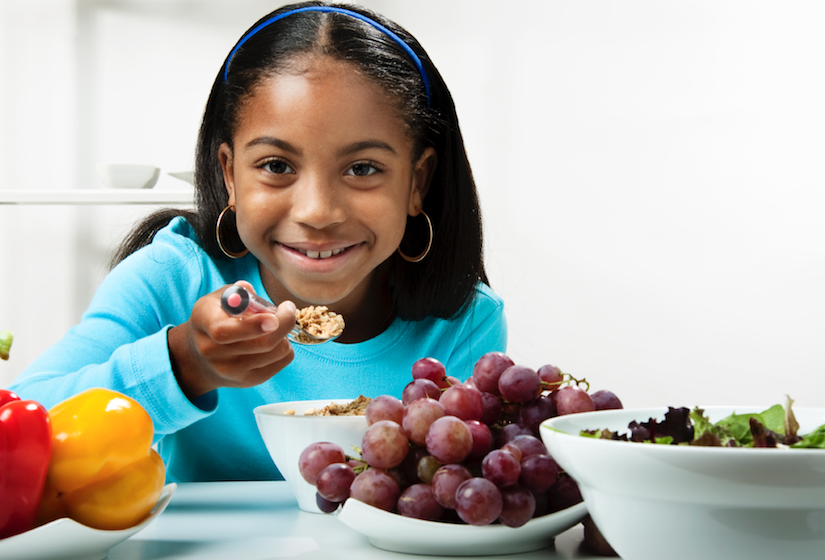
While cheese is fine for babies, wait until your baby's a year old before giving them cow's milk. It's difficult for babies to digest, and doesn't have the right amounts of various nutrients babies need.
How to serve cheese to your baby
To prevent choking, at first offer only softer cheeses such as little mounds of ricotta or low sodium cottage cheese to your baby. As your baby gets older, you can serve grated, slightly firmer cheeses such as mild cheddar or Swiss.
Once your baby is an experienced chewer, you can give them bite-sized cubes of cheese along with other finger foods, like crackers, chopped hard-boiled eggs, and berries.
Try these baby food recipes with cheese:
- Pasta with spinach and ricotta
- Broccoli and cauliflower cheese
Foods to avoid feeding your baby
Foods to avoid giving your baby include honey, cow's milk, soy milk, fruit juice, sugar-sweetened beverages, unpasteurized foods, and foods with added sugars or too much sodium. Choking hazards are a serious concern, so don't offer large chunks, raw vegetables, nuts and seeds, hard or crunchy foods, sticky foods, or dollops of nut butters. If allergies run in your family or your baby has eczema, check with the doctor about introducing allergenic foods such as egfgs, peanuts, tree nuts, wheat, soy, fish, and shellfish.
Choking hazards are a serious concern, so don't offer large chunks, raw vegetables, nuts and seeds, hard or crunchy foods, sticky foods, or dollops of nut butters. If allergies run in your family or your baby has eczema, check with the doctor about introducing allergenic foods such as egfgs, peanuts, tree nuts, wheat, soy, fish, and shellfish.
As your baby grows, they'll be eager to sample food from your plate – and you'll be eager to introduce some variety. But not all foods are safe for your child.
Foods to avoid: Birth to 6 months
All food and beverages except breast milk or formula: The American Academy of Pediatrics (AAP) recommends feeding your baby only breast milk or formula for about the first 6 months.
Foods to avoid: 6 to 12 months
Honey: Honey can harbor spores of Clostridium botulinum, which causes botulism. An adult's intestinal tract can prevent the growth of these spores, but in a baby the spores can grow and produce life-threatening toxins.
Cow's milk and soy milk: Stick with breast milk or formula until your child's first birthday. Why? Your baby can't digest the proteins in cow's milk and soy milk during the first year, and these beverages contain minerals in amounts that can damage your baby's kidneys.
Fruit juice and sugar-sweetened beverages: Juice (even 100 percent fruit juice) and sugar-sweetened beverages such as soda and sports drinks aren't recommended for children under 12 months. When babies fill up on these drinks, they miss out on getting the nutrients they need. And though fruit juice seems healthy, it has far more calories and sugar than fresh fruit and can contribute to weight gain and tooth decay. The AAP recommends no fruit juice for babies, and just 4 ounces per day maximum for toddlers ages 1 to 3.
Unpasteurized foods: Don't give babies and children unpasteurized juice or cider or unpasteurized (raw) dairy products. These may contain harmful bacteria and parasites that can lead to serious illness or death.
Added sugars: Avoid added sugar in the diets of children under age 2, the U.S. Department of Agriculture and U.S. Department of Health and Human Services advise. These are sugars and syrups that are added to foods or beverages when they are processed or prepared. This doesn't include sugars found in milk and fruits. Too much added sugar in children's diets has been linked to obesity and increased risk for future health problems such as diabetes and heart disease. Check the Nutrition Facts label on packaged foods, and avoid those that list 1 g or more of "Added Sugars."
Too much sodium: Sodium is an essential nutrient primarily consumed as salt. However, too much can be harmful. Children this age don't need more than 1,200 mg of sodium per day, according to the USDA and DHHS. Check the Nutrition Facts label when buying canned, frozen, and packaged foods.
Large chunks: A chunk of food can get stuck in your baby's throat.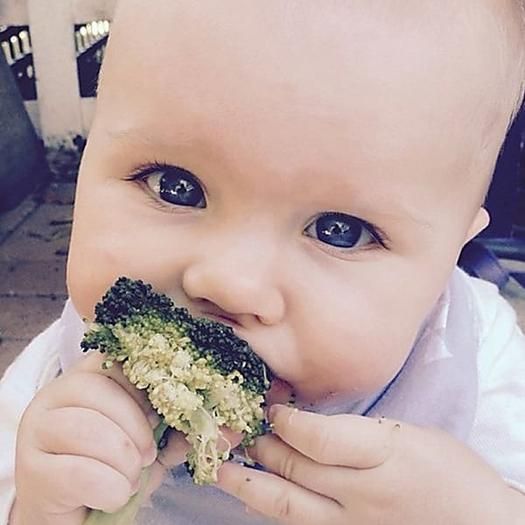 The AAP recommends that you cut food into pieces no larger than 1/2 inch. For example, cut up fruits such as grapes, cherry tomatoes, and strawberries, and shred or finely chop meats, vegetables, and cheeses.
The AAP recommends that you cut food into pieces no larger than 1/2 inch. For example, cut up fruits such as grapes, cherry tomatoes, and strawberries, and shred or finely chop meats, vegetables, and cheeses.
Raw vegetables: Soft-cook vegetables such as carrots, celery, and broccoli, and dice, shred, or cut them into pieces no larger than 1/2 inch before serving.
Nuts and seeds: Remove seeds and pits from fresh fruit such as watermelon, peaches, plums, and cherries before serving. And don't feed your baby nuts or seeds, such as sunflower or pumpkin seeds. Seeds may be too small to choke on but can get stuck in a child's airway and cause an infection.
Hard or crunchy foods: Nuts, popcorn, and pretzels are all choking hazards, as are all hard candies and cough drops.
Sticky foods: Chewing gum and sticky foods – such as jelly or gummy candies, dried fruit, and marshmallows – can get lodged in your baby's throat. Stringy, melted cheese can also be a choking hazard.
Stringy, melted cheese can also be a choking hazard.
Nut butter: The sticky consistency of peanut butter and other nut butters can make it hard for your baby to swallow it. Spread nut butter thinly on bread or crackers. Or thin it with water or applesauce.
Learn more about preventing choking in young children.
Find out about choosing safe finger foods and which foods can be unsafe for toddlers and children up to age 5.
The latest on children and food allergies
Doctors used to recommend waiting until age 1 or even later to introduce solid foods that are common allergens, especially with children at risk for allergies. But the AAP has changed its tune, because studies show that these delays don't help prevent allergies and may even increase the risk of them.
You may be told to introduce foods one at a time, waiting three to five days after each new food to watch for any allergic reaction. Or your doctor may say it's fine to start multiple new foods at once. If you believe your baby is likely to have food allergies – for example, if allergies run in your family or your baby has eczema – check with their doctor to determine the best strategy for introducing allergenic foods, which include eggs, milk, peanuts, wheat, soy, tree nuts, fish, and shellfish.
If you believe your baby is likely to have food allergies – for example, if allergies run in your family or your baby has eczema – check with their doctor to determine the best strategy for introducing allergenic foods, which include eggs, milk, peanuts, wheat, soy, tree nuts, fish, and shellfish.
Read more about food allergies in children.
What foods can be given to a baby at 4 months
Reviewer Kovtun Tatiana Anatolievna
1045 views
September 06, 2022
Login or register to save articles and products to your favorites
Most often, the need for complementary foods at four months arises according to individual indications.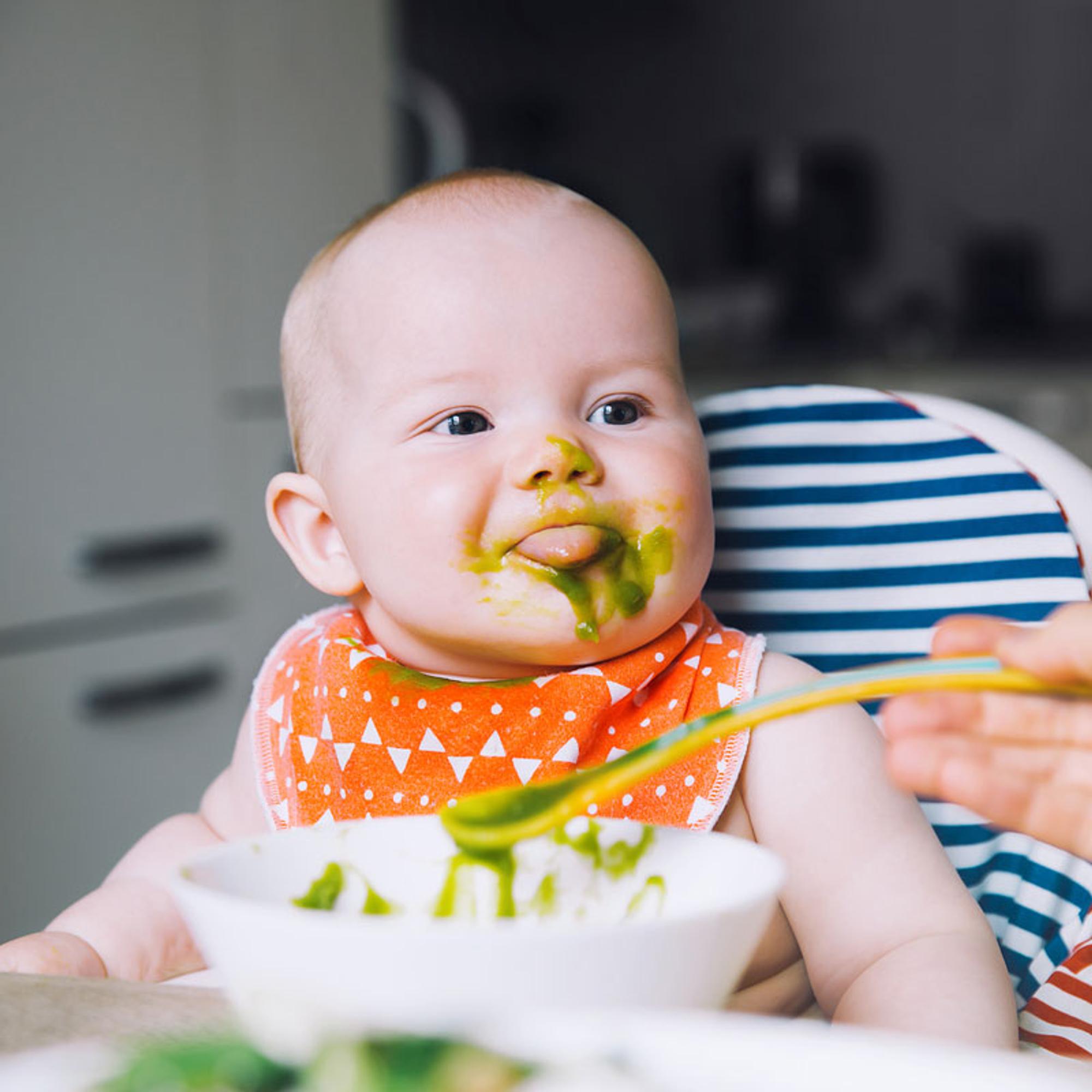 How to properly introduce the baby to adult food and what to offer him?
How to properly introduce the baby to adult food and what to offer him?
Breast milk or infant formula recommended by a specialist remains a key and indispensable product for a baby up to a year of life, and it is better, according to the recommendations of the World Health Organization, to keep it up to two years. But in some cases, a specialist may recommend the first purees at the age of more than four months of age.
The decision on early complementary feeding should be made by parents together with the specialist who is watching the child. He will tell you what to pay attention to and what products to offer the baby in the first place.
If your baby needs complementary foods at four months, don't worry that it's too early. At this time, the gastrointestinal tract of some children is already becoming quite mature. In a baby, the permeability of the mucous membrane of the small intestine decreases and a number of digestive enzymes mature. The child can already swallow semi-liquid food.
What can a baby eat at 4 months
For the first feeding of the baby, choose either dairy-free baby porridge or baby vegetable puree.
Then add meat puree (over 6 months old), fruit puree and juices, baby dairy products (over 8 months old), fish puree (over 8 months old), egg yolk, as well as vegetable and butter.
Usually, a specialist, based on the condition of the child, determines in what order to offer products, and builds a nutrition scheme.
In the fifth month of life, the diet of crumbs may include porridge and vegetable purees. This recommendation does not take into account the individual characteristics of the baby and must be agreed with a specialist. Only he will tell you exactly what you can feed a baby at 4 months.
Complementary feeding rules at four months of age
You need to offer the dish with ½ teaspoon in the morning. So parents can track the reaction of the crumbs to a new product during the day. At the same time, you need to introduce the baby to only one product and gradually increase its volume over several days. As soon as the child tastes it, you can offer something else.
At the same time, you need to introduce the baby to only one product and gradually increase its volume over several days. As soon as the child tastes it, you can offer something else.
Simultaneously with the introduction of complementary foods, you need to acquaint the baby with the basic rules of etiquette. Meals should be arranged only at the table in a special chair, so that the child immediately gets used to the rules in the house.
Sample menu for a 4 month old baby
When the baby gets acquainted with the basic products for the first feeding, you can build the first menu. In the morning after the main feeding, he can be offered a new product. The diet of a 4-month-old baby should be agreed with a specialist.
Buy ready-made puree or make your own
Many parents enjoy cooking for their children, and some prefer ready-made mashed potatoes. In the first case, you need to spend more time: for example, select vegetables, wash them and steam them. In addition to this, it should be remembered that cooking at home is not safe, since it is rarely possible to check the raw materials for the content of nitrates, toxins and other hazardous substances at home.
In addition to this, it should be remembered that cooking at home is not safe, since it is rarely possible to check the raw materials for the content of nitrates, toxins and other hazardous substances at home.
In addition, at home it is difficult to follow the technological process of preparation and track the optimal degree of grinding of the product. Therefore, experts recommend the use of industrial products in the nutrition of young children.
This option is optimal for those who are afraid of making mistakes at the stages of choosing ingredients or cooking. Puree "FrutoNyanya" undergoes strict control of the recipe and the preparation process, which makes it possible to exclude any pathogenic bacteria from entering the product.
You can not refuse breast or artificial feeding if the baby has already begun to get acquainted with adult products. This will help him develop organically and gain weight well.
Reviewer Kovtun Tatiana Anatolievna
Scientific adviser of PROGRESS JSC, Ph.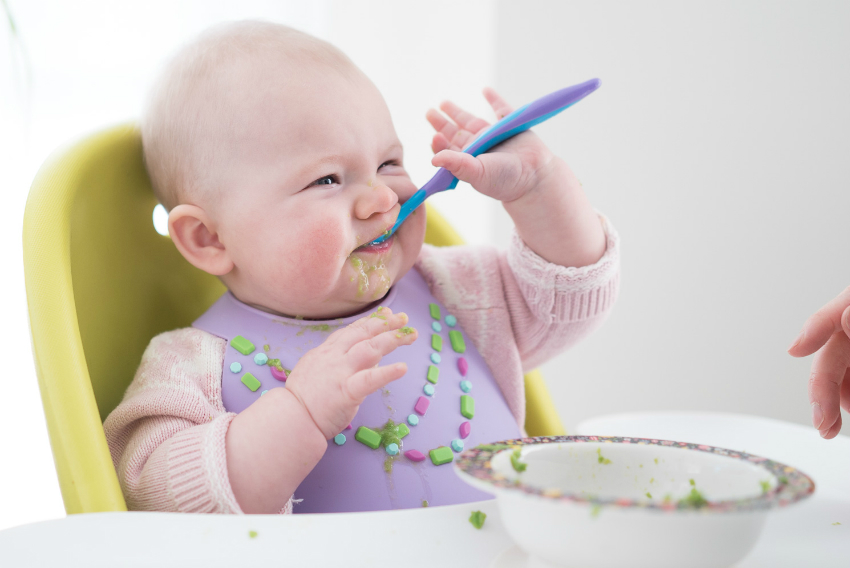 D.
D.
Reviewer Kovtun Tatiana Anatolievna
10049 views
September 15, 2021
Login or register to save articles and products as favorites
When a baby is just starting to try complementary foods, their assortment is rather poor. After all, at first the baby must get used to a new food that is different from breast milk or formula. Therefore, this food should be low-allergenic and simple. Gradually, the baby's diet is expanding, and now mothers are already faced with a difficult choice - what to offer the baby from such a wide variety of baby food. Which of these products can a baby, and at what age?
Let's talk about drinks
In the FrutoNyanya baby food line, you can see a wide variety of drinks: juices and nectars (single and multi-component), fruit drinks, compotes, jelly, etc.
First question: what is this diversity for and does the baby need it?
The second question - is it possible to give everything from this wide assortment to a child?
The third question - at what age and in what cases can a child be given this or that product?
Variety is useful for forming taste preferences
- The fact is that the variety of complementary foods allows you to make the baby's diet more complete - after all, one product may contain a useful substance that is not in another, and vice versa.
- In addition, the diversity of the diet contributes to the formation of the taste preferences of the child.
- And one more thing - a wide range of complementary foods allows you to maximally individualize the approach to compiling a baby's menu. For example, a child may not tolerate a certain product, or he will not like its taste and the baby will refuse this product. And it's great if there is an opportunity to offer the child something else interchangeable.
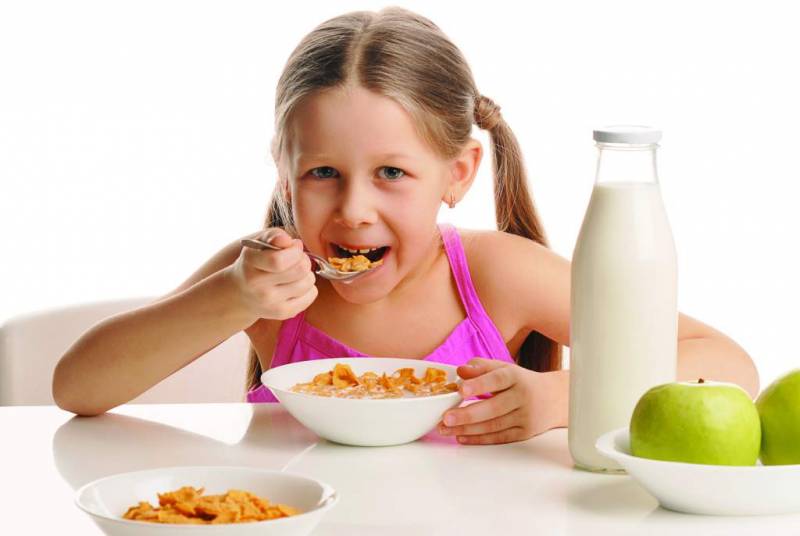
Baby's first drink
The first drink that a baby usually tries in his life is usually fruit juice. Fruit juice is introduced into the baby's diet no earlier than 4 months and according to all the rules for the introduction of complementary foods: gradually, starting with a few drops, in 5-7 days increasing the volume to the prescribed age. Of course, in each case, the question of the period of introduction of the product is discussed with the pediatrician.
The first juice should be hypoallergenic monocomponent juice - for this purpose, hypoallergenic juices of the "FIRST CHOICE" from FrutoNyanya are produced from pears and apples. It is these juices that are suitable for the first acquaintance with juice. Clarified apple or pear juice is low allergenic and has low acidity. These properties provide the best tolerance for juices by the baby.
Time for new flavors
After the baby is used to single-component juices, juices or nectars from a mixture of fruits (but not earlier than 5 months), fruits and berries or a mixture of fruits and vegetables to which the child is already accustomed or containing one type of juice new to the baby. After pear and apple juices, juices and nectars from peaches, apricots, plums, cherries, as well as vegetable juices and nectars from carrots and pumpkins can be introduced into the baby's diet. which will expand the menu of the child and diversify his taste sensations.
After pear and apple juices, juices and nectars from peaches, apricots, plums, cherries, as well as vegetable juices and nectars from carrots and pumpkins can be introduced into the baby's diet. which will expand the menu of the child and diversify his taste sensations.
The pulp contained in juices and nectars enhances intestinal motility, so it is advisable to introduce such juices into the diet of children with a tendency to constipation, but be careful when prescribing babies with unstable stools. For example, in the line "FrutoNyanya" there are "Nectar from apples and plums with pulp", "Juice from apples and pears with pulp".
Separately, we note that the composition of vegetable nectars "FrutoNyanya": "Nectar from carrots with pulp" and "Nectar from pumpkins with pulp" includes natural juices and purees. Carrots and pumpkin contain provitamin A (beta-carotene), so the nectars from these vegetables are not only tasty, but also healthy. Orange, banana, strawberry juices and nectars should not be introduced earlier than 6-7 months due to their high potential for allergenicity.
Acidic and tart juices and nectars are made, for example, from blackcurrant, rosehip, which contain organic acids and vitamin C. They are recommended to be given to a baby mixed with other juices or in the form of fruit drinks and compotes. Fruit drinks and compotes contain natural juices and (or) purees obtained from berries and fruits with water and sugar.
These juices, nectars, fruit drinks and compotes are widely represented in the FrutoNyanya product line.
Compotes and fruit drinks, depending on the components they contain, also have certain useful properties. So, prunes and dried apricots in their composition contribute to increased intestinal motility, therefore they are recommended for children prone to constipation. An example of such products can be FrutoNyanya compotes: Compote from apples, prunes and raisins, Compote from apples with extract of raisins and dried apricots.
The timing of the introduction of fruit drinks and compotes, as well as juices and nectars, depends on the components included in their composition - for example, “Cherry and Raspberry Compote” can be introduced from 5 months, and the more allergenic “Apple and Strawberry Compote” - from 6 months.